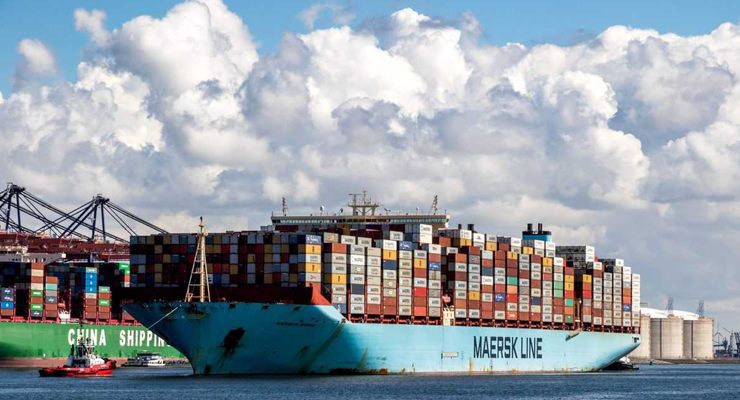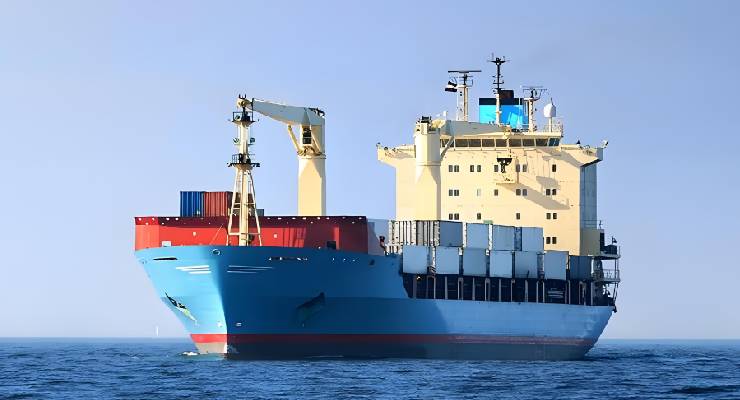
Despite claims by shipping lines that most of their containerships operate on fixed-day weekly schedules, a large survey recently revealed that over 40% of the vessels deployed on worldwide liner services arrive one or more days behind schedule. Managing sailing schedule changes is challenging and can have a costly impact to shippers and logistics service providers.
The unreliability of liner schedules can be explained by a number of factors. Common reasons for vessel delays include bad weather at sea or at ports, congestion or labor strikes at the different ports of call, as well as a domino effect of delays suffered at previous ports. More serious delays, leading to significant time-losses for the cargoes involved or even the loss of the cargo altogether, can be caused by fire or mechanical incidents , ship collisions or ship groundings. In addition, the daily schedules are constantly can be by affected changes in vessel status: vessels are not ready for transit or changes in orders; changes in the restrictions of the vessels due to cargo or visibility or deficiencies of the vessels.
Low schedule reliability can be caused by a number of factors, many of them beyond shipping lines’ control, and can have serious consequences for various actors in the supply chain. It is vital to follow the most current vessel schedule for shippers as well as for consignees.
First, let’s look from at the shipper’s perspective. If you are not accessing the latest sailing schedules, you could be making bookings and plans based on outdated departure and arrival dates. Each time a schedule is changed, you may need to notify your trucker of the new pickup and delivery times at the port. If you are not aware of the schedule changes, you may incur demurrage charges for having the container wait at the port too long before vessel departure.
If schedules are changed to depart earlier than originally planned, you may miss carriers’ critical cut-off times. Your cargo may not be loaded on the vessel if the deadlines are not met. Conversely, if you find out that schedules are delayed, you could have more time to prepare your containers.
When a schedule changes from its original plan, the route’s schedule reliability decreases. Unreliable routes make it harder to minimize risk and downstream costs in the supply chain. A lack of visibility to schedule performance makes it more challenging to determine the schedules that are the best fit for your transportation needs.
As an importer, you may also incur extra costs if you are not aware of the vessel schedule changes.
Each time a schedule is changed, you may need to notify your trucker of the new pickup and delivery times at the port. The sailing schedule changes may require you to adjust the timing of trucker appointments. If you are not aware of the schedule changes, you may incur extra costs from your truckers for empty runs.
A lack of visibility to schedule changes and finding out about delays too late to implement contingency plans can result in late deliveries, missed sale dates, or factory shutdowns.
Having access to the vessel schedules updates can help you respond faster and make better decisions in order to improve the chances of on-time deliveries and minimize costs.
-
 A Comprehensive Guide to Refrigerated ContainersJun 17,2025
A Comprehensive Guide to Refrigerated ContainersJun 17,2025 -
 Guide to 20ft & 40ft Shipping Container Dimensions for Global LogisticsJun 17,2025
Guide to 20ft & 40ft Shipping Container Dimensions for Global LogisticsJun 17,2025 -
 How to track shipments sent from ChinaMay 13,2025
How to track shipments sent from ChinaMay 13,2025 -
 Guide to Importing and Shipping Cars from China to UAEMay 13,2025
Guide to Importing and Shipping Cars from China to UAEMay 13,2025 -
 Guide to Importing and Shipping Camping Gear from ChinaMay 07,2025
Guide to Importing and Shipping Camping Gear from ChinaMay 07,2025 -
 Shipping from China to YemenMay 06,2025
Shipping from China to YemenMay 06,2025

